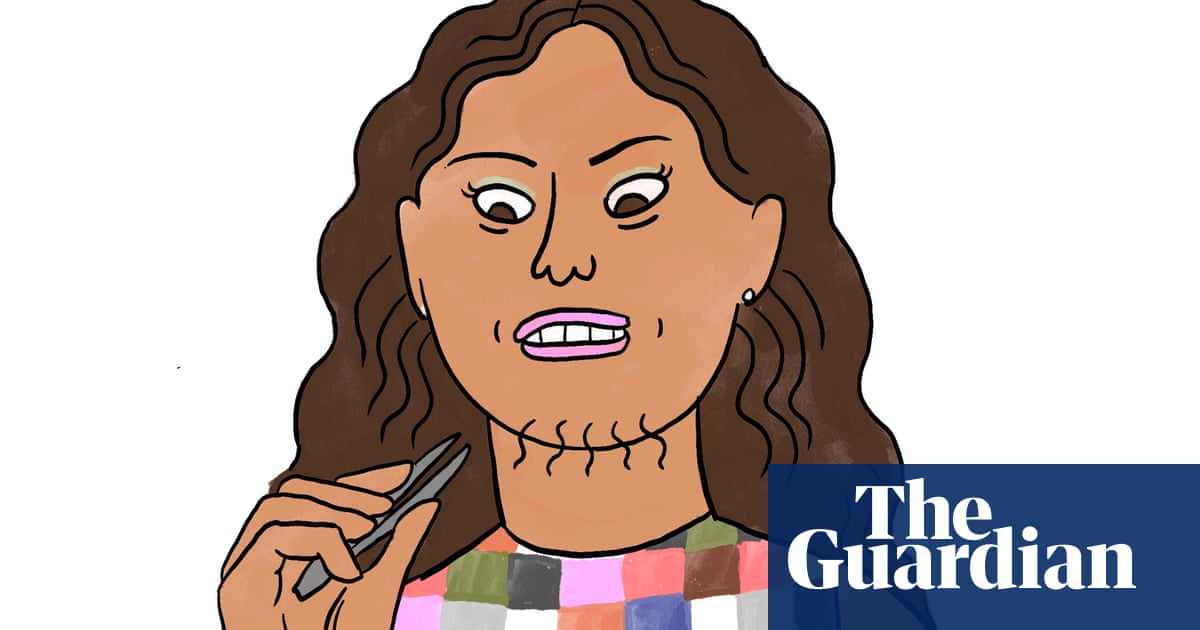We have many hair follicles on our face and, though they are often fine and light, they can be stimulated to grow thicker and darker by medication, hormones or genetics, according to Dr Tapan Patel at the Phi Clinic.
I’m glad you’re not plucking any more: this often leads to dark spots and scarring. It can also puncture the skin and cause an irritation and infection if tweezers aren’t sterile. What’s better? “Razors that can glide on the surface to remove hair are gentler, as are sensitive hair-removal creams, although it is important to patch test them first to check for allergic reactions,” says GP and aesthetician Dr Ahmed El Muntasar.
For long-lasting results, laser hair removal – which uses concentrated light to penetrate the follicle and prevent future growth – is definitely the best option. Electrolysis can be painful, and IPL (intense pulsed light treatment) doesn’t work on all skin tones. A peach-toned concealer that counteracts darkness might help neutralise the hair between sessions. But I’d suggest switching to a clinic that offers the Alma soprano titanium laser. “It combines three wavelengths, which allows us to treat the follicle at different depths, making it suitable for stubborn or hard-to-treat hair,” says Patel. Crucially, you can shave (but not wax or pluck) between sessions, and you need between six and 10 sessions on average to see a difference.
after newsletter promotion
Got a beauty question for Anita? Email her at beautyQandA@theguardian.com

